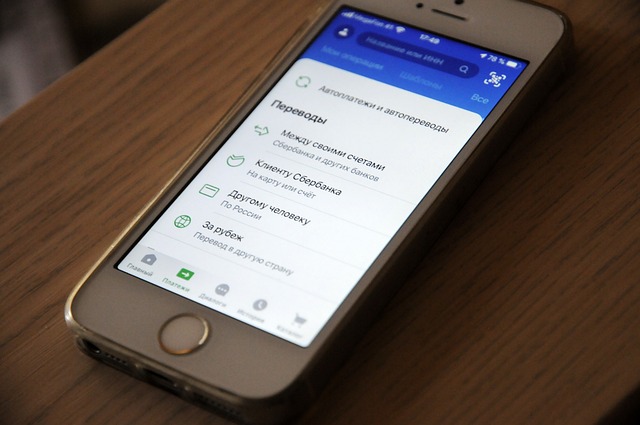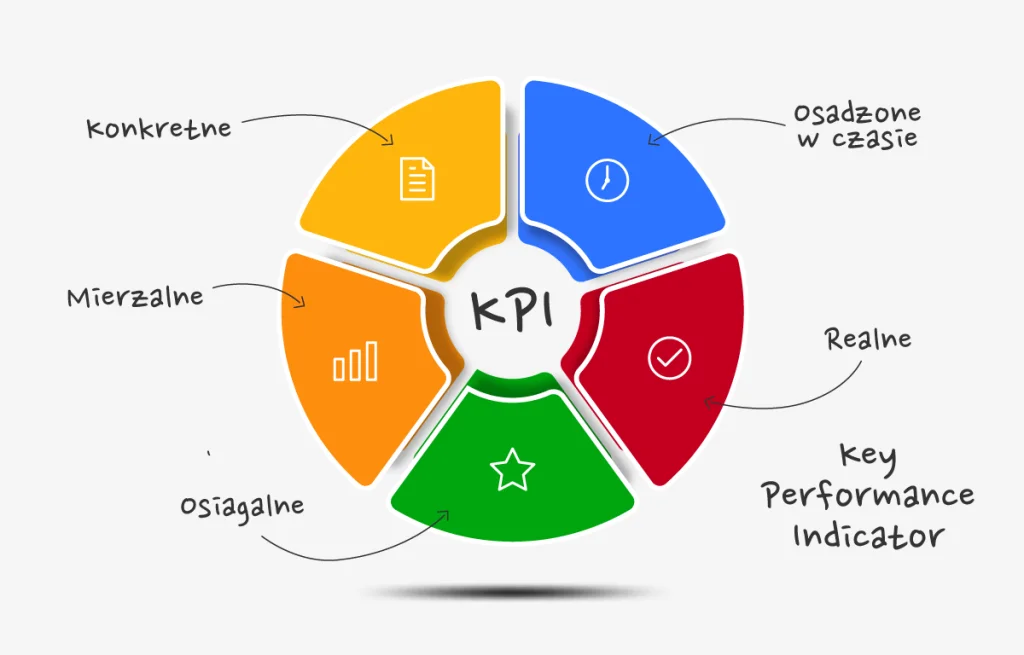Nowadays, mobility is ubiquitous. An increasing portion of society can no longer imagine daily life without access to the Internet or mobile devices. Therefore, business cannot lag behind such widely prevailing trends. Employees and managers naturally want easy and convenient access to the information they need for their work. Just like in personal life, we want to handle matters on the go, where it is convenient for us and when we have the time. We no longer want to call helplines or look up information in encyclopedias. While standing in line or sitting in a café, we handle matters using smartphones. At work, we also prefer to access information independently rather than asking another department or searching through reports prepared for us. The way we perform job duties is also changing; we increasingly work remotely or at unusual hours, which drives the demand for mobile access to information.
ERP system providers naturally must follow this trend by adding more areas covered by mobile access to their systems. For mobility to be perceived as a benefit for the enterprise and a convenience for all users, it should be implemented from the core of the IT system – from its architecture. Creating additional overlays on an old system, or attempting to provide more applications that communicate with outdated ERP system infrastructure, is a road to nowhere. Creating a universal technology platform independent of the type of access devices, for example, is the first step toward successful implementation of mobility in the system.
Let’s now look at a few key areas where mobility brings immense benefits.
Mobile Solutions for Sales Representatives
Applications for sales representatives, who usually spend most of their time outside the office, are becoming increasingly popular. For them, real-time access to information during client visits is crucial. This way, they can view and update the history of contacts, check stock levels, take orders, or verify payment arrears. In more advanced solutions, they will also be able to track, for example, service requests or interactively negotiate discount levels with their supervisor. Having information about the value of the latest invoices, ordered products, or stock levels significantly facilitates sales negotiations on one hand, and on the other hand, it allows for real-time updates to the system, visible to other users involved in the order processing or supply chain process.
Mobility in Professional Services Firms
In professional services firms, consultants are often required to fill out timesheets daily. For many, this is a disliked task, often done with delay. With mobile access to the system, they can quickly and easily report key information on their phone at any time, for example, on the way from the client. Introducing such a system increases employee satisfaction and provides their supervisors with timely, more accurate information to better manage ongoing projects. This translates into higher profitability through faster and more complete invoicing and appropriate responses to budget overruns.
Mobility in Manufacturing Companies
Mobility is also becoming increasingly popular in manufacturing companies. Production reporting in many enterprises already happens in real-time on the shop floor rather than in the manager’s office after the work is done. People responsible for specific parts of the production process continuously enter data on portable terminals. Manufacturing Execution Systems (MES) have also evolved toward mobility, being increasingly integrated with ERP systems or forming part of them.
Social Solutions
More and more ERP systems also provide functionalities based on the patterns and usage schemes of social networks. For example, users can take advantage of personalized notifications, allowing them to more efficiently monitor selected information. For instance, a person from the production department has constant and immediate access to current information on all activities related to production orders, from technology approval to status or schedule changes, and finally, shipment of the finished product. All users have the option to follow or comment on events or data of interest, which in practice means instant notification of relevant changes and, consequently, a quick response to the processes tracked by users. Using social solutions helps effectively break down many barriers within companies related to organizational units or locations.
Mobility for Managers
Of course, we cannot forget about managers. For them, quick access to information at any time is absolutely crucial. Cockpits with key data available on mobile devices are slowly becoming standard. This way, individual members of the company’s management can continuously track important indicators for their area and, if necessary, quickly access critical information and make informed business decisions.
Mobility is currently one of the fastest-growing trends in all of IT, and analysts unanimously predict an upward trend in this area for the coming years. For companies in most sectors of the economy, this means the need to invest in appropriate software that allows them to follow emerging standards of mobile access to applications. It is essential to remember that the era of mobility is not just about remote system access, new gadgets, or access devices. It also marks a period of dynamic changes in business operations, significant acceleration, and the need for immediate response to changes in the business environment. Therefore, it is not possible to create a system or mobile application that will function in the same form for a long period. Adapting to constantly changing needs is the key to success in enterprises and a challenge for modern ERP systems that provide mobile access to data. The advantage lies with those based on modern SOA (Service-Oriented Architecture), where changes in mobile interfaces can be made at the configuration level rather than in the source code.



